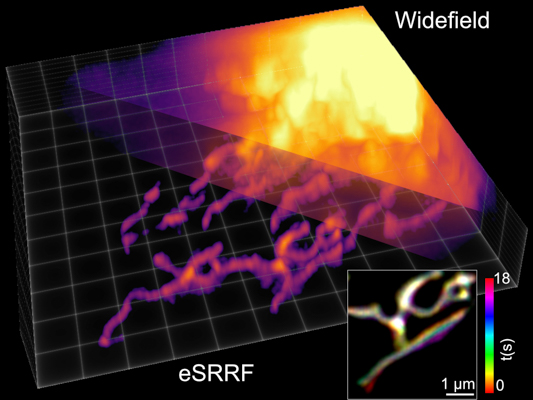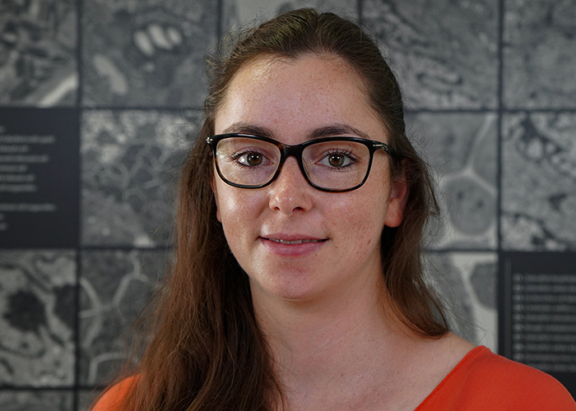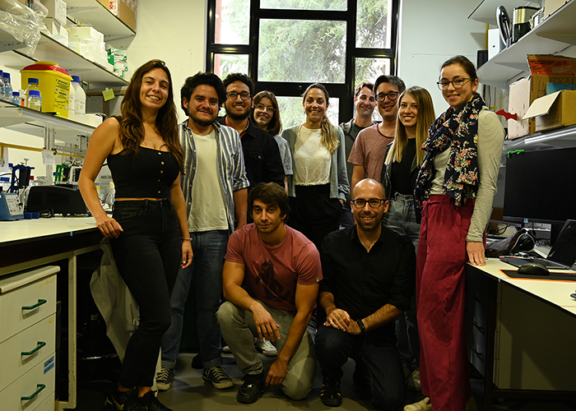
Optical Cell Biology
Ricardo Henriques
The Optical Cell Biology laboratory, established at the Gulbenkian Institute in September 2020, focuses on advancing the boundaries of optical microscopy, with the aim of establishing novel technologies to address cell biology and biophysical questions, both in health and disease.
Researchers from the lab are recognized by their open-source and widely available contributions to the optical microscopy community, as well as their translational work with industry. For example, they have established the novel SRRF super-resolution approach that underpins Andor Technology’s latest super-resolution spinning disk microscopes. In cell biology, researchers from Ricardo Henriques lab tackle broad questions through links with collaborating laboratories, in fields such as virology, host-pathogen interactions, immunology, cell signaling, and evolution. They do so by establishing new classes of fluorescent probes, high-speed cell-friendly super-resolution methods and computational modeling approaches that, although designed to answer questions of interest in the lab, have extensive applications in biology.
See the latest papers out
Funding


Publications
- von Chamier, L., Laine, R.F., Jukkala, J., Spahn, C., Krentzel, D. Nehme, E., Lerche, M., Hernández-Pérez, S., K. Mattila, P., Karinou, E., Holden, S., Can Solak, A., Krull, A., Buchholz, T., L. Jones, M., A. Royer, L., Leterrier,C., Shechtman, Y., Jug, F., Heilemann, M., Jacquemet, G. & Henriques, R. (2021) Democratising deep learning for microscopy with ZeroCostDL4Mic. Nature Communications 12:2276



